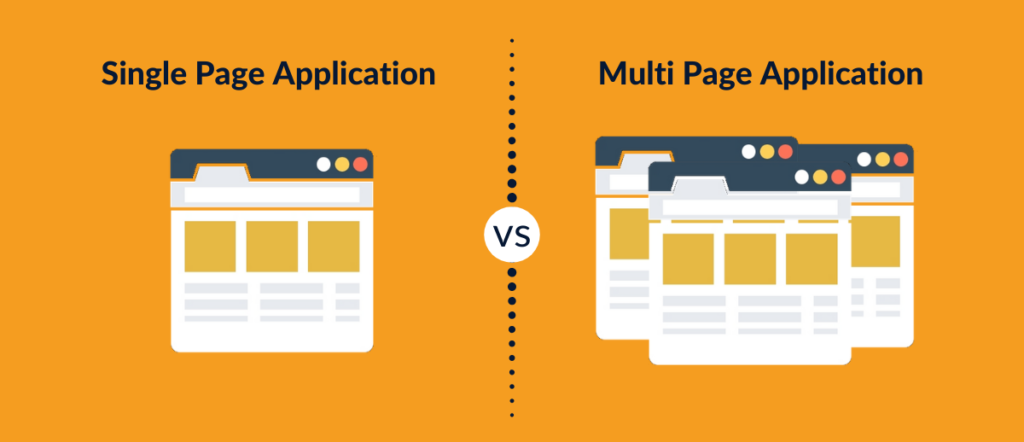
Single Page Applications (SPAs) are a popular type of web application that provide a seamless and fluid user experience by loading all necessary resources dynamically without refreshing the entire page. Unlike traditional web applications that reload the page with every user interaction, SPAs load only the required data, making them faster and more responsive. In this blog post, we will discuss some strategies to maximize user experience with Single Page Applications.
Optimize Loading Speeds
The first and most important factor to consider when creating an SPA is the loading speed. The faster the application loads, the more likely users are to stay engaged. You can optimize loading speeds by reducing the size of resources such as images, scripts, and stylesheets. You can also leverage caching to reduce the number of requests to the server and use a content delivery network (CDN) to deliver content from servers closer to the user.
Use Progressive Loading
Progressive loading is a technique that allows users to start interacting with an application before all the resources are loaded. This means that users can begin using the application immediately, without having to wait for everything to load. You can achieve progressive loading by loading critical resources first, such as the navigation and main content, and then loading secondary resources later.
Keep the Navigation Simple
A simple and intuitive navigation is essential to the success of any SPA. Users should be able to quickly find the information they need without having to navigate through multiple pages. You can achieve this by using a simple and clear navigation menu, with only the most important links.
Implement Smooth Transitions
Smooth transitions between pages and components can make a big difference in the user experience. You can achieve smooth transitions by using animations and other visual effects to create a seamless flow between different components of the application. This can help to keep users engaged and make the application feel more intuitive.
Ensure Accessibility
Accessibility is an important consideration when designing any web application, and SPAs are no exception. You should ensure that your application is accessible to users with disabilities, such as those who rely on assistive technologies like screen readers. You can achieve accessibility by following best practices for web development, such as using semantic HTML, providing alternative text for images, and using ARIA attributes.
Test and Optimize
Testing and optimization are critical to ensuring that your SPA is delivering the best possible user experience. You can use tools like Google Lighthouse to analyze the performance, accessibility, and SEO of your application. You should also conduct user testing to identify any usability issues and make improvements based on user feedback.
In conclusion, maximizing user experience with Single Page Applications requires optimizing loading speeds, using progressive loading, keeping the navigation simple, implementing smooth transitions, ensuring accessibility, and testing and optimizing. By following these strategies, you can create an SPA that delivers a fast, intuitive, and engaging user experience.
